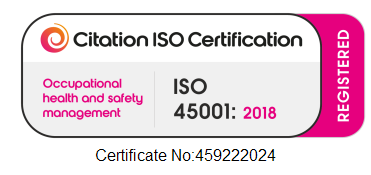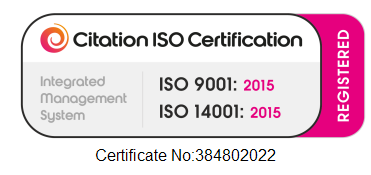Group A Streptococcal Infections
Published on:Strep A
It's very difficult to read news articles over recent days covering the devasting stories of children who have died and who are seriously ill with Strep A connected sickness.
As a father of a 6 and a 5-year-old, nothing is more sobering to read. Having access to the best anti-microbial scientists in the UK is by dint of good fortune and in this blog, we share the advice we have been given.
Respiratory droplets
Group A strep bacteria often live in the nose and throat.
People who are infected spread the bacteria by talking, coughing, or sneezing, which creates respiratory droplets that contain the bacteria.
People can get sick if they:
- Breathe in respiratory droplets that contain the bacteria
- Touch something with those droplets on it and then touch their mouth or nose
- Drink from the same glass or eat from the same plate as a person infected with group A strep bacteria
Group A Streptococcus (GAS) – also known as Streptococcus pyogenes – are bacteria which can colonise the throat, skin and anogenital tract.
It causes a diverse range of skin, soft tissue and respiratory tract infections. Go to NHS Inform or gov.uk for more information about these infections, including:
- tonsillitis
- sore throat
- scarlet fever
- impetigo
- erysipelas
- cellulitis
- pneumonia
In rare cases, patients may go on to develop post-streptococcal complications, such as:
- rheumatic fever
- glomerulonephritis
GAS can occasionally cause infections that are extremely severe. Invasive GAS (iGAS) is an infection where the bacteria are isolated from a normally sterile body site, such as the blood. Any GAS manifestation can be associated with development of streptococcal toxic shock syndrome (STSS), although patients with necrotising fasciitis are at highest risk.
GAS is spread by close contact between individuals, through respiratory droplets and direct skin contact.
Control kills Streptococcus pyogenes in 10 minutes at 660 parts per million active and 5% soil on hard, non-porous surfaces.
How to reduce cross-infection
There are two simple steps that will dramatically increase protection from Strep A.
Airbourne droplets need to be targeted, as well as touch points.
- Spray a room with TECcare Control in a NAP Sprayer (in schools, spray when the kids go out to break or lunch)
- Spray on touch points (remember, the NAP sprayer can be inverted so spray under desks and chairs
For additional protection
- Encourage the use of TECcare Protect when entering the room






